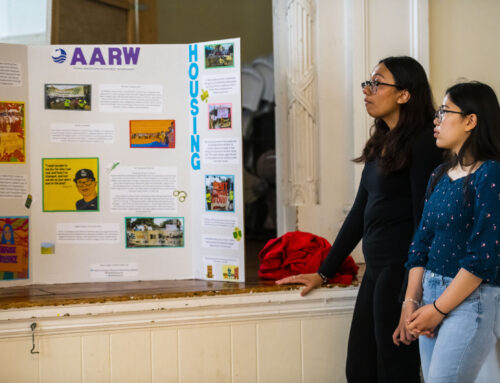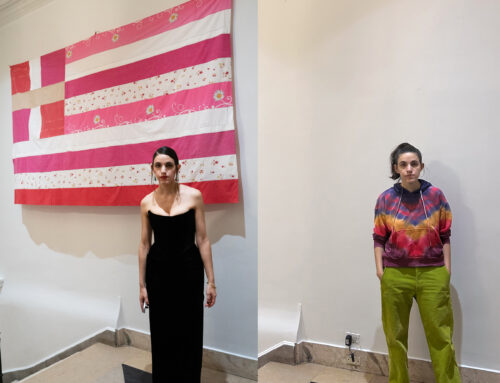On the night of March 3, Sarah Everard, a 33-year-old marketing executive living in London, went missing, and on March 12 she was declared dead. Wayne Couzens, a Metropolitan police officer, was charged with her kidnapping and murder. Everard’s death has sparked concerns over women’s safety across the globe—even though, according to doorbell security cameras in the neighborhood, she did everything she was supposed to do as a woman walking alone at night: she phoned a friend, walked on well-lit streets and was wearing bright clothing.
It should not take the killing of an innocent woman for female street safety to reach international headlines; the conversation has been ongoing for decades, so why does harassment and assault towards women still occur on the streets?
Groups gathered in London in the wake of Everard’s death to not only protest the violence against women on the streets but to stand up to Parliament for both their inaction and misaction. “‘It’s not enough for us to say the police don’t protect us. We must say loud and clear that the police are the causes, not the solution, of the racist and sexist violence we experience,’” said one London organizer to a crowd outside London’s Parliament Square. British law enforcement have continued to come under fire for breaking up a protest just days after Everard’s death, and then Parliament proposed a bill, called the “Police, Crime, Sentencing and Courts Bill,” that would give police more power in controlling crowds in the city.
Although it’s discouraging to see a body of government give more rights to the group responsible for the death of an innocent woman on her walk home, it’s not all that surprising—even outside of the United States—because cities and government were designed by and for men.
“During the Industrial Revolution, the explosive growth of cities presented a threat to ‘natural’ orders around class, race, and gender, and concerns about sustaining the moral purity of urban women were urgent,” wrote Leslie Kern for Vox. Women were instructed to take caution in public: never walk alone at night, dress in a way that does not draw attention to yourself, wear a wedding ring to ward off suitors, and avoid certain urban neighborhoods. Sounds familiar, right? “If we add ‘carry your cellphone’ to the list, it’s pretty much ready to go for the 21st century,” Kern wrote.
We’ve seen countless “Don’t protect your daughter; educate your son” posts in the past month, but that’s not the approach that Parliament is taking toward the situation. Why are women the ones who are constantly asked to maneuver and change? In the 1970s when serial killer Peter Sutcliffe, or the Yorkshire Ripper, was found guilty of murdering or attacking over twenty women in the United Kingdom, the same effort to reclaim the streets occurred. There was a call for a curfew for men to prove that men were responsible for violence against women, not women themselves. Baroness and politician Jenny Jones tabled the same idea in Britain’s House of Lords after Everard’s death to point out the double standard that exists for people who walk down the street.
“Nobody seriously really thinks a curfew for men is a good idea. Not least because, almost one in three women in the UK will experience domestic abuse in her lifetime and women are far more likely to be killed by a partner than a stranger—so it’s not like keeping men in the house after 6 p.m. would make women safe,” Arwa Mahdawi wrote in an op-ed for The Guardian. Both the proposition of a curfew and its subsequent counterpoint reveal how serious the double standard regarding one’s safety has become—where women face great risk both in the streets and at home.
Having more accessible public transportation is a feminist issue. The “feminist city” is one that protects women at all times of day—it includes better street lighting, legislation that would incriminate catcalling, and trains and buses that pass through residential neighborhoods, like the one Sarah Everard was in on the night of March 3. The protesters outside of Parliament after Everard was killed are not only using their voices for female victims of violence, but for women who are subject to it today. They protest for less policing and more thoughtful urban designs, in hopes that no one will ever have to “reclaim the streets” ever again.




